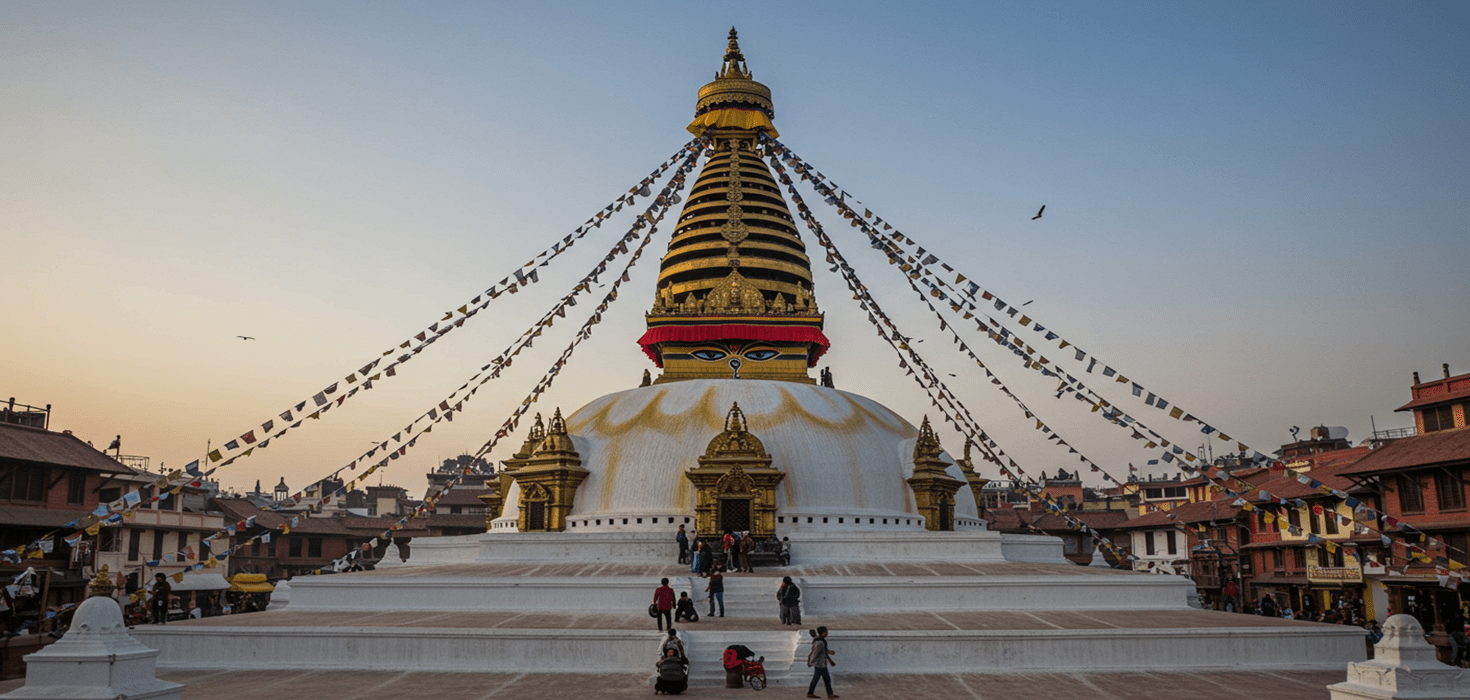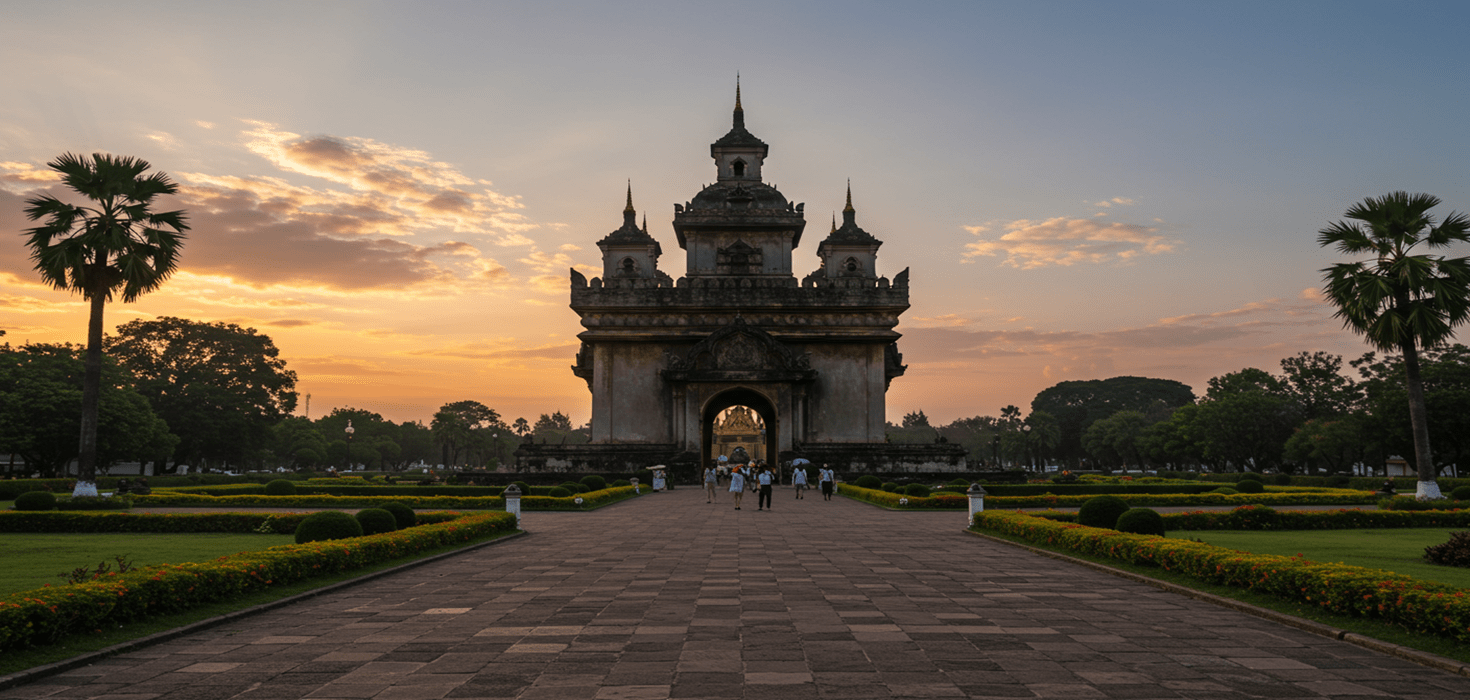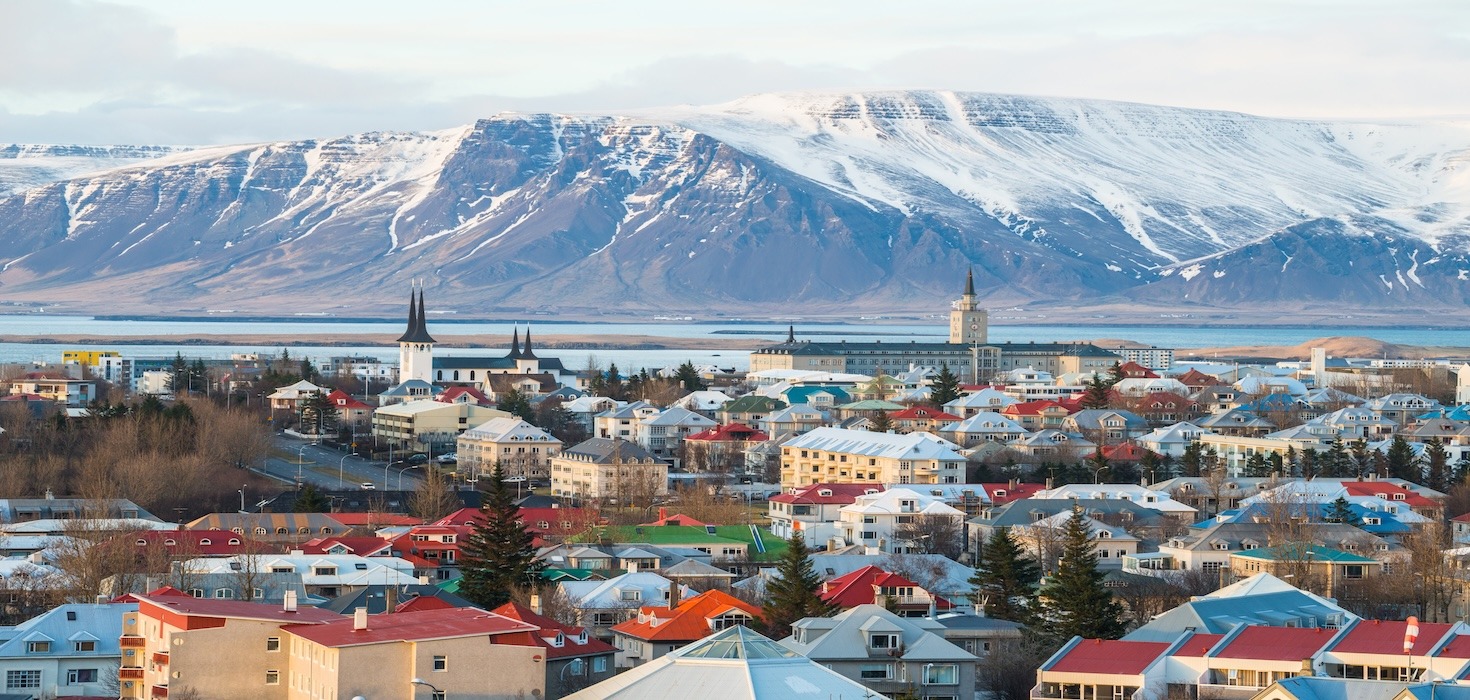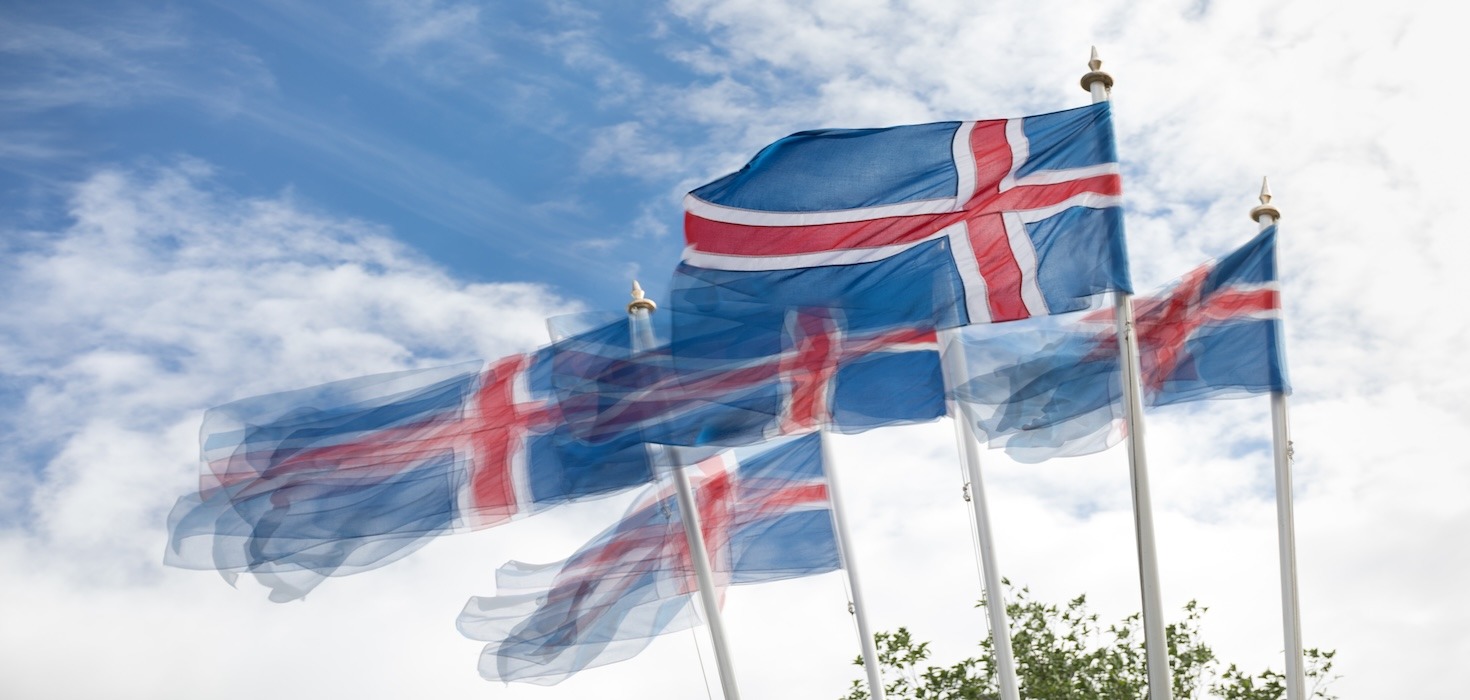Welcome to Gwanghwamun: Seoul’s Cultural Heartbeat
Welcome to Gwanghwamun, a vibrant area in the heart of Seoul that beautifully intertwines history and modernity. As you stroll through its streets, you’ll find yourself enveloped in the rich tapestry of Korean culture, from majestic palaces to bustling squares. Gwanghwamun is not just a location; it’s a cultural hub where the past meets the present, offering visitors a unique glimpse into Korea’s heritage and contemporary life.
At the center of this bustling district lies Gwanghwamun Square, a dynamic space that serves as a stage for public gatherings, protests, and cultural events. It’s a place where history comes alive, with monuments and statues that commemorate significant figures and events from Korea’s past. Whether you’re a history buff, a foodie, or a culture enthusiast, Gwanghwamun promises a day filled with exploration, culinary delights, and unforgettable experiences.
Ready to uncover the treasures of Gwanghwamun? Let’s dive into the wonders that await you in this captivating area!
Discovering Gwanghwamun Square: A Cultural Epicenter
Gwanghwamun Square is more than just a public space; it’s a cultural epicenter that tells the story of Korea’s journey through time. As you step into the square, you’ll be greeted by stunning statues, including the iconic King Sejong the Great, who is celebrated for creating the Korean alphabet, Hangul. This impressive monument stands as a tribute to Korea’s intellectual heritage and is a must-see for anyone visiting the area.
Wander around the square, and you’ll encounter the Statue of Admiral Yi Sun-sin, a national hero known for his victories against Japanese invasions in the late 16th century. These landmarks are not just for admiring; they are symbols of pride and resilience for the Korean people.
The square is also home to beautiful fountains and meticulously landscaped gardens, making it a perfect spot to relax and soak in the atmosphere. But Gwanghwamun Square is not just about history; it’s a living space where contemporary culture thrives. The square frequently hosts public gatherings, art exhibitions, and performances, showcasing Korea’s vibrant cultural scene. Discover Gwanghwamun Square: Culture, Food & Fun for a deeper dive into its attractions.
Gwanghwamun Palace: A Glimpse into Royal History
Just a stone’s throw away from the square lies the magnificent Gwanghwamun Palace, a key historical site that was once the main royal palace during the Joseon Dynasty. As you approach the palace, the intricate architecture and vibrant colors of the buildings will take your breath away. The palace is a stunning representation of traditional Korean design, with its ornate eaves and serene courtyards inviting you to explore further.
One of the highlights of visiting Gwanghwamun Palace is witnessing the changing of the guard ceremony, which takes place twice daily. This colorful spectacle features guards in traditional attire, complete with ceremonial weapons, and is a fantastic opportunity for photography enthusiasts. The ceremony is not just a show; it reflects the deep respect Koreans have for their history and traditions.
As you walk through the palace grounds, take a moment to appreciate the tranquil beauty of the gardens and the historical significance of each building. The palace complex is vast, and exploring it feels like stepping back in time. For more information on visiting, including tickets and ceremony times, check out Gyeongbokgung Palace Tickets & Changing of the Guard.
Culinary Adventures: Savoring Gwanghwamun’s Local Cuisine
No visit to Gwanghwamun would be complete without indulging in its mouthwatering culinary scene. From street food stalls to cozy restaurants, this area is a paradise for food lovers. Start your day with a traditional Korean breakfast at one of the local eateries, where dishes like Kimchi Jjigae (kimchi stew) and Bibimbap (mixed rice with vegetables) are sure to energize you for a day of exploration.
As you wander through Gwanghwamun, keep an eye out for food stalls offering delicious street food. Try Tteokbokki (spicy rice cakes) or Hotteok (sweet pancakes filled with brown sugar) for a quick snack. These treats are not only tasty but also an integral part of the Korean street food culture.
For a sit-down meal, consider visiting one of the local restaurants that specialize in Korean BBQ. The experience of grilling your own meat at the table is a must-try! Be sure to pair your meal with some soju, a popular Korean alcoholic beverage. Gwanghwamun is bursting with flavors waiting to be discovered, so don’t hesitate to explore the culinary delights it has to offer.
Cultural Experiences and Festivals in Gwanghwamun
Gwanghwamun is a treasure trove of cultural experiences and festivals that add an extra layer of excitement to your visit. Throughout the year, this vibrant area comes alive with various events that showcase the rich tapestry of Korean traditions, art, and community spirit.
One of the highlights is the Seoul Lantern Festival, typically held in November. The Cheonggyecheon Stream transforms into a magical display of illuminated lanterns, each telling a story or representing a cultural motif. It’s a sight to behold and an excellent opportunity for some stunning photography! Be sure to stroll along the stream and soak in the festive atmosphere while enjoying local snacks from nearby stalls.
In the spring, the Cherry Blossom Festival attracts locals and tourists alike as the streets are lined with blossoming cherry trees. Gwanghwamun Square becomes a picturesque backdrop for picnics and gatherings, making it a perfect spot to relax and enjoy the beauty of nature. Don’t forget to bring your camera to capture the breathtaking views!
Throughout the year, you can also catch performances at the square, ranging from traditional music to contemporary dance. These cultural showcases provide a fantastic way to connect with the local arts scene. Keep an eye out for the Korean Folk Dance performances, which often take place during weekends, bringing history to life with vibrant costumes and lively music.
For those interested in deeper cultural immersion, consider participating in workshops that teach traditional crafts or cooking classes that focus on Korean cuisine. These hands-on experiences not only enhance your understanding of Korean culture but also offer a fun way to create lasting memories.
For more details on the seasonal events and festivals in Gwanghwamun, check out Discover Gwanghwamun Gate: Your Seasonal Seoul Guide.
A Day in Gwanghwamun: Detailed Itinerary for Explorers
If you’re ready to make the most of your time in Gwanghwamun, here’s a suggested itinerary that packs in the highlights while allowing for a leisurely pace.
Morning: Start at Gwanghwamun Square
Kick off your day with a visit to Gwanghwamun Square. Arrive early to beat the crowds and enjoy the serene beauty of the area. Spend some time admiring the statues of King Sejong and Admiral Yi Sun-sin, and take a leisurely stroll around the well-maintained gardens. Snap some photos, as this is a prime spot for capturing the essence of Seoul’s history.
Mid-Morning: Explore Gwanghwamun Palace
Next, head over to Gwanghwamun Palace, just a short walk away. Be sure to catch the changing of the guard ceremony, which happens at 10 AM and 2 PM. Take your time wandering through the palace grounds, appreciating the architectural beauty and historical significance of each building. Don’t forget to visit the beautiful gardens that offer a peaceful escape.
Lunch: Savor Local Flavors
After your palace visit, it’s time to refuel! Head to one of the nearby restaurants for a delicious Korean BBQ experience. Grill your own meat right at the table and pair it with some kimchi and soju for a truly authentic meal. If you’re in the mood for something lighter, opt for a bowl of bibimbap at a local eatery.
Afternoon: Cultural Exploration
Post-lunch, take a leisurely walk back to Gwanghwamun Square and catch any ongoing performances or exhibitions. If you’re feeling adventurous, consider joining a workshop to learn about Korean crafts or cooking. This is a fantastic way to engage with the local culture and perhaps take home a unique souvenir!
Evening: Nighttime Stroll and Street Food
As the sun sets, Gwanghwamun takes on a different charm. Enjoy a relaxing stroll around the square and take in the illuminated statues and fountains. As you wander, keep an eye out for street food vendors offering delicious snacks like tteokbokki and hotteok. Grab a few treats and find a cozy spot to enjoy your meal while soaking in the vibrant atmosphere.
For those looking for a place to rest after a fun-filled day, check out GLOCALOCA Gwanghwamun Hotel, which offers comfort and convenience right in the heart of the action.
Fun Facts About Gwanghwamun: Trivia and Tidbits
Did you know that Gwanghwamun Gate is the main gate of Gyeongbokgung Palace and is one of the most iconic symbols of Seoul? Here are some fun facts to impress your friends!
- Historical Significance: Gwanghwamun Gate has been rebuilt several times, with the current structure completed in 2010 after a major restoration.
- Symbol of Resilience: The gate has witnessed significant historical events, including the Japanese occupation of Korea and the Korean War, making it a symbol of resilience for the Korean people.
- Location, Location, Location: Gwanghwamun is strategically located at the intersection of major roads, making it a central point for both historical and modern Seoul.
These tidbits not only enhance your visit but also give you a deeper appreciation for the rich history surrounding Gwanghwamun.
Historical Context and Folklore of Gwanghwamun
Gwanghwamun is steeped in history and folklore that adds to its allure. The name itself translates to "the Gate of Enlightenment," reflecting its significance as a gateway to the royal palace and the heart of governance during the Joseon Dynasty.
One fascinating tale involves the legendary figure of King Sejong the Great. Known for his wisdom and leadership, he is credited with the creation of the Korean alphabet, Hangul. His commitment to education and accessibility has made him a beloved figure in Korean history. Visitors often leave offerings at his statue in Gwanghwamun Square, reflecting the deep respect Koreans have for their historical leaders.
Another interesting aspect of Gwanghwamun is its connection to the Japanese occupation during the early 20th century. The gate was destroyed during this tumultuous period but was later rebuilt as a symbol of hope and resilience. Today, it stands proudly as a reminder of Korea’s enduring spirit and cultural heritage.
Culinary Deep Dive: Exploring Gwanghwamun’s Food Scene
Food lovers rejoice! Gwanghwamun’s culinary scene is bursting with flavors that reflect the rich traditions of Korean cuisine. From street food to sit-down restaurants, there’s something for every palate.
If you’re looking for a unique experience, consider joining a food tour that takes you through the hidden gems of Gwanghwamun. Sample everything from mandu (Korean dumplings) to jjajangmyeon (black bean noodles) while learning about the history of each dish. These tours often highlight local eateries that you might not discover on your own.
For those who love cooking, several cooking classes are available in the area where you can learn to make traditional dishes such as kimchi or bulgogi. Not only will you get to enjoy your culinary creations, but you’ll also take home a piece of Korean culture.
Don’t miss the chance to visit a traditional market, such as Gwangjang Market, located nearby. Here, you can sample a variety of street foods and shop for local ingredients. The lively atmosphere and the array of options will surely tantalize your taste buds!
Festivals and Events Coverage: Celebrate in Gwanghwamun
Gwanghwamun is a hub of festivities that reflect the vibrant culture of Seoul. Throughout the year, various festivals celebrate everything from traditional arts to modern music, making it a fantastic destination for cultural enthusiasts.
The Seoul Kimchi Making & Sharing Festival is a must-visit if you’re around in late autumn. This event not only showcases the importance of kimchi in Korean cuisine but also encourages community bonding as locals and visitors join hands to make this beloved dish.
In summer, the Seoul Summer Sale offers great shopping opportunities, with discounts at various stores and attractions in the area. It’s a perfect chance to pick up souvenirs while enjoying the lively atmosphere filled with performances and activities.
Whether you’re interested in traditional music, modern art, or culinary experiences, Gwanghwamun has a festival for everyone. Check local event calendars to make sure you don’t miss out on the fun!
Practical Information for Travelers: Tips and Essentials
Before you set off on your adventure in Gwanghwamun, here are some practical tips to ensure a smooth visit:
- Opening Hours: Most attractions, including Gwanghwamun Palace, open around 9 AM and close by 6 PM. Be sure to check the specific hours for the changing of the guard ceremony.
- Getting There: Gwanghwamun is easily accessible via public transportation, with the Gwanghwamun subway station just a short walk away. Buses also stop nearby, making it convenient for travelers.
- Safety Tips: While Gwanghwamun is generally safe, it’s always wise to stay aware of your surroundings, especially in crowded areas. Keep your belongings secure and be cautious when trying street food if you have dietary restrictions.
With these tips in mind, you’re all set for a fantastic exploration of Gwanghwamun!
Transportation Details: Getting Around Gwanghwamun
Getting around Gwanghwamun is a breeze, thanks to its well-connected public transportation system and pedestrian-friendly streets. Here’s how to navigate the area like a pro:
The subway is one of the best ways to reach Gwanghwamun. The Gwanghwamun Station (Line 5) is located just a few steps from the square. If you’re coming from other parts of Seoul, you can easily transfer to Line 5 at major interchange stations.
For those who prefer to travel by bus, several routes pass through the area. Look for buses that stop at Gwanghwamun Square or Gyeongbokgung Palace for quick access to the main attractions.
If you’re up for some exercise, consider exploring on foot. The area is compact, and many attractions are within walking distance of each other. Walking allows you to soak in the sights, sounds, and smells of this historic district, making for a delightful experience.
Bike rentals are also available in the area, providing a fun and eco-friendly option for getting around. Just be sure to follow local cycling rules and be mindful of pedestrians!
Seasonal Travel Insights: Best Times to Visit Gwanghwamun
Gwanghwamun is a year-round destination, but the best times to visit depend on what you want to experience. Here’s a seasonal breakdown to help you plan your trip:
- Spring (April – June): This is cherry blossom season, and the weather is mild, making it ideal for outdoor activities. Festivals celebrating the blossoms are also common during this time.
- Summer (July – August): Expect warmer temperatures and occasional rain. The Seoul Summer Sale and various outdoor festivals make this a lively time to visit, but be prepared for the heat!
- Autumn (September – November): Autumn is a fantastic time to visit with cooler temperatures and stunning fall foliage. The Seoul Lantern Festival is a highlight during this season.
- Winter (December – February): While it can get chilly, winter brings a magical atmosphere with holiday decorations and seasonal events. The Gwanghwamun area is beautifully illuminated, making it a cozy time to explore.
Each season offers a unique perspective of Gwanghwamun, so choose the time that best suits your interests!
Safety and Health Guidelines for Visitors
Your safety and well-being are paramount while exploring Gwanghwamun. Here are some important guidelines to keep in mind:
- Emergency Contacts: Familiarize yourself with local emergency numbers. In case of any issues, dial 112 for police assistance or 119 for fire and medical emergencies.
- Health Facilities: There are several hospitals and clinics in the vicinity, should you need medical assistance. Be sure to have travel insurance that covers health emergencies.
- COVID-19 Precautions: Check for any travel advisories or health guidelines in place during your visit. Carry hand sanitizer and follow local health protocols to ensure a safe experience.
By staying informed and prepared, you can enjoy your time in Gwanghwamun with peace of mind!
Commonly Asked Questions (FAQs) About Gwanghwamun
Here are some frequently asked questions that can help you plan your visit to Gwanghwamun:
- What is the best time to visit Gwanghwamun? The best time to visit is during spring and autumn when the weather is pleasant, and festivals are abundant.
- Are there guided tours available? Yes, there are various guided tours that focus on history, culture, and cuisine in Gwanghwamun.
- Is Gwanghwamun accessible for those with mobility challenges? Gwanghwamun is generally accessible, with ramps and pathways suitable for wheelchairs. However, some areas may have uneven surfaces.
These FAQs cover common concerns, ensuring you have a smooth and enjoyable experience in Gwanghwamun!













